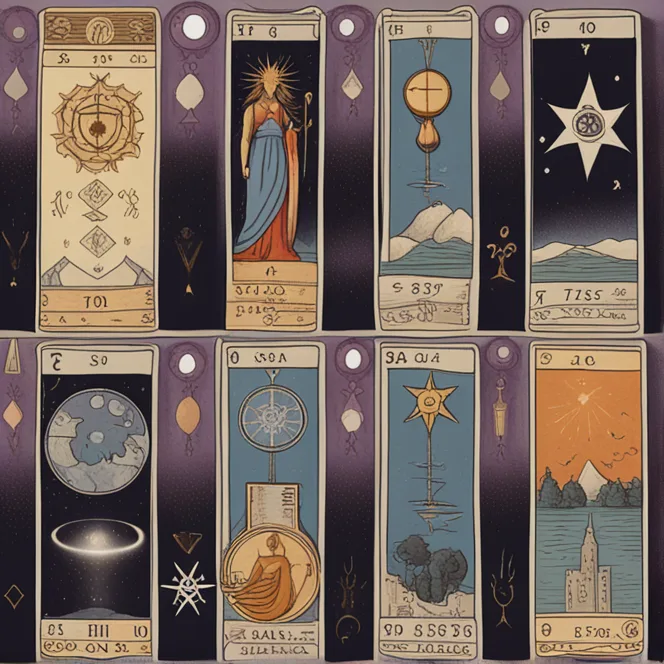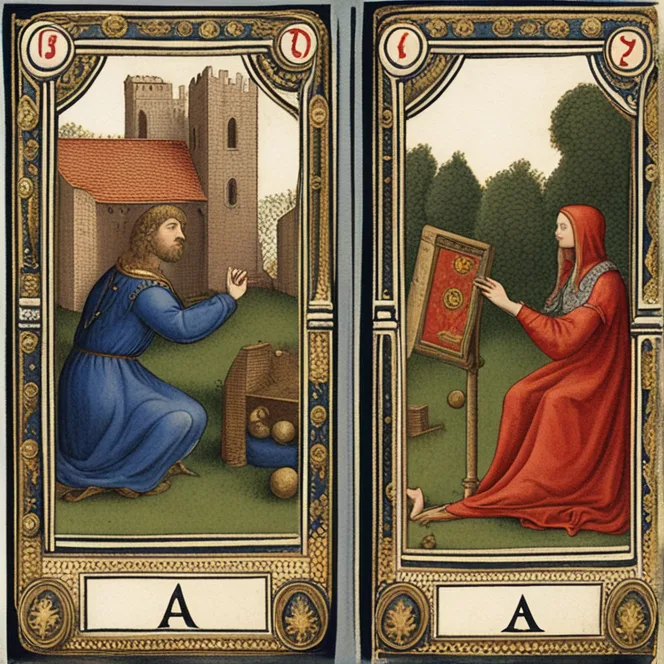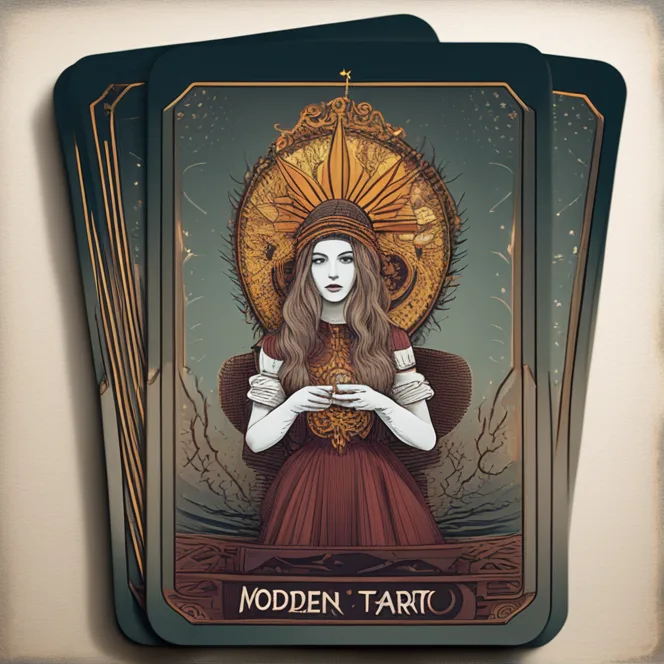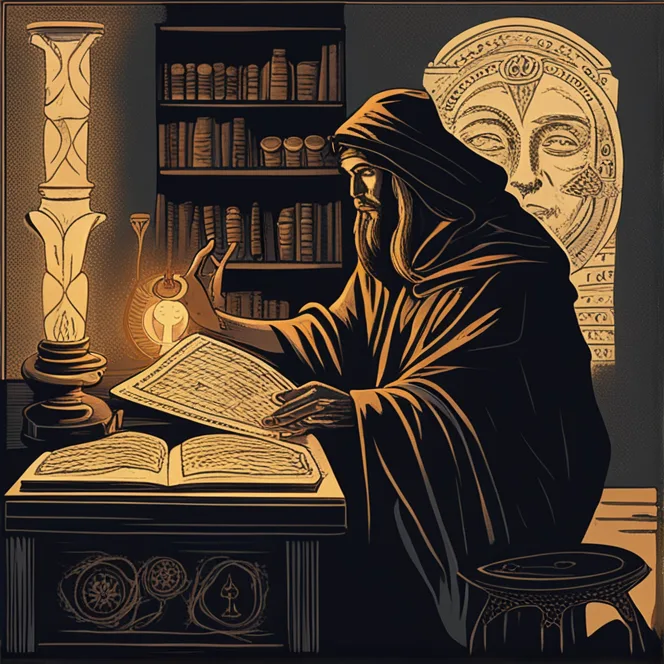
Origins of Tarot
The history of tarot is a tapestry woven with the threads of mystery, art, and spirituality. The earliest tarot decks emerged in the mid-15th century in Europe, notably Italy, for the purpose of playing a group of card games known as tarocchi. Contrary to modern associations, these early tarot cards were not initially designed for divination, but rather for entertainment and social play among the Italian nobility. Nevertheless, the symbolic imagery on the cards soon transcended their gaming origins.

Transition to Divination
By the 18th century, tarot had begun to take on a mystical and esoteric significance, forming a bridge to the unseen world. Scholars like Antoine Court de Gébelin posited that tarot had ancient Egyptian origins and contained hidden wisdom. This hypothesis, though unsubstantiated, significantly influenced the perception of tarot cards, leading to their use in divination. The practice of tarot reading for insight and guidance gained momentum, intertwined with the human quest for understanding one's path and the mysteries of existence.

Rise of Occult Interpretations
The 19th century saw a pivotal shift as occultists like Éliphas Lévi integrated tarot with Kabbalah, alchemy, and other mystical systems, reinforcing the narrative that tarot had deeper esoteric roots. This rich infusion of symbolism and meaning propelled tarot to the forefront of occult practices, with decks like the Rider-Waite-Smith, created in the early 20th century, capturing and solidifying the iconic imagery still prevalent in modern readings. Such decks remain influential templates for contemporary tarot artists and readers.

Modern Tarot Renaissance
As we move into 2024 and beyond, tarot continues to experience a renaissance, enjoying increased popularity and integration into spiritual and self-care routines. Contemporary tarot decks are diverse, inclusive, and often tailored towards specific cultural or thematic viewpoints, reflecting modern values and sensibilities. This personalized approach to the ancient practice enriches personal growth, introspection, and the contemporary quest for spiritual connectivity in an increasingly interconnected world.

Tarot and Astrology
Astrology and tarot share synergistic elements, both employing symbols to tap into subconscious wisdom and universal energies. In the context of horoscopes and astrological forecasts for 2024 onwards, tarot can be utilized to complement and deepen one's astrological insights. Many modern readers integrate astrological correspondences into tarot interpretations, allowing for a multifaceted approach to personal readings and enhancing the depth and relevance of guidance offered.
The Future of Tarot
As we look towards the future, tarot's history will continue to unfold and evolve. Its function as a tool for self-reflection, decision-making, and accessing deeper layers of the psyche remains unwavering. The persistent allure of tarot assures that its journey will persist, adapting and responding to the changing tides of human consciousness and cultural shifts as it has for centuries, making it an evergreen subject of fascination and use.
Published: 12/15/2023
Modified: 12/15/2023
More predictions
Come back here soon to learn more about yourself and your future


Deciphering The Symbolism Of Tarot Cards
A concise guide to the symbolism and interpretation of tarot cards for insight and divination.


Tarot or Oracle: Which Cards Speak To You?
Discover the distinctions and unique features of tarot and oracle cards to enhance your divination practices.


Easy Tarot Spreads For Beginner
Master the basics of tarot with easy spreads for beginners – find clarity and insight into life's questions.